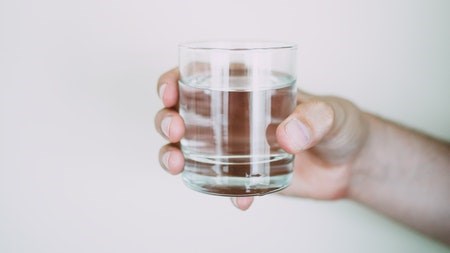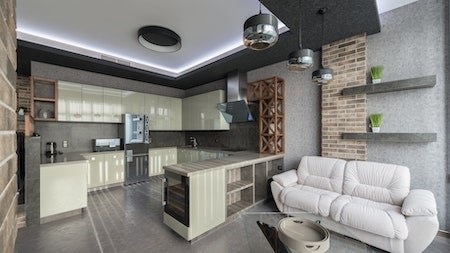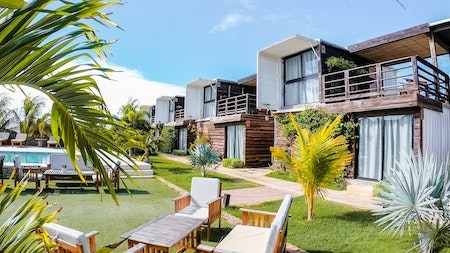Water in South Africa is generally safe to drink and cook with when taken from taps in urban areas. The Department of Water Affairs and Sanitation maintains that South Africa’s national water quality standard lives up to the World Health Organisation (WHO) set standards.
The Water Services Act (108 of 1997) provides the right to basic water supply and sanitation services. In terms of the act:
- Everyone has the right to access basic water supply and sanitation services.
- Every water services institution must take steps to realise these rights.
- Every municipality must plan in its water services development plan to realise these rights.
However, outbreaks of illness from contaminants in drinking water do occur from time to time.
Contaminants
Water that’s safe to drink should be clear, with no odour or strange taste. If your tap water smells fishy, tastes metallic, or comes out cloudy, it could signal the presence of unsafe contaminants.
These problems are not common but do happen. Drinking water can become contaminated for various reasons. These include breaks in municipal sewage lines, effluent from industry waste products and agricultural pesticides.
Many contaminants don’t cause immediate illness, but the long term accumulated effects can be severe.
- In older properties, lead plumbing pipes can contaminate drinking water, resulting in long-term lead poisoning with a host of symptoms.
- Bromite, a byproduct of disinfection, may be linked to cancer in the long term.
- From human and animal faeces, giardia lamblia (GI) can cause diarrhoea and other related problems.
- Arsenic originating from runoff from orchards and other sources is linked with circulatory and other health problems.
- Chemicals like phthalates, used in the production of plastics; Bisphenol A (BPA), found in canned foods and other products; and triclosan, found in antibacterial soaps, can seriously disrupt the endocrine system, resulting in serious health problems.
Check water quality
Steps to you take if you suspect that your tap water is not fit to drink.
The Department of Water and Sanitation tracks the quality of drinking water according to the SANS 241-1:2015 standard, and you can check the general quality of water in your area here.
Alternatively, you can test your water. You can buy a basic screening test online, or you can send a sample of your water to a water testing laboratory. There are costs involved, but the tests are worth doing, primarily if you depend on borehole water, as in some rural areas.
Treatment
Disinfect your tap water by boiling it for a maximum of 10 minutes.
Another option is to add one teaspoon of commercial bleach for every 25 litres of water or one teaspoon of chlorine granules for 200 litres. In both cases, you need to allow at least two hours before it will be safe to drink.
Regardless of where you live and where your water comes from, it’s a good idea to invest in a sound quality water filtration system. The jug type and those that fit onto your tap are good options.




